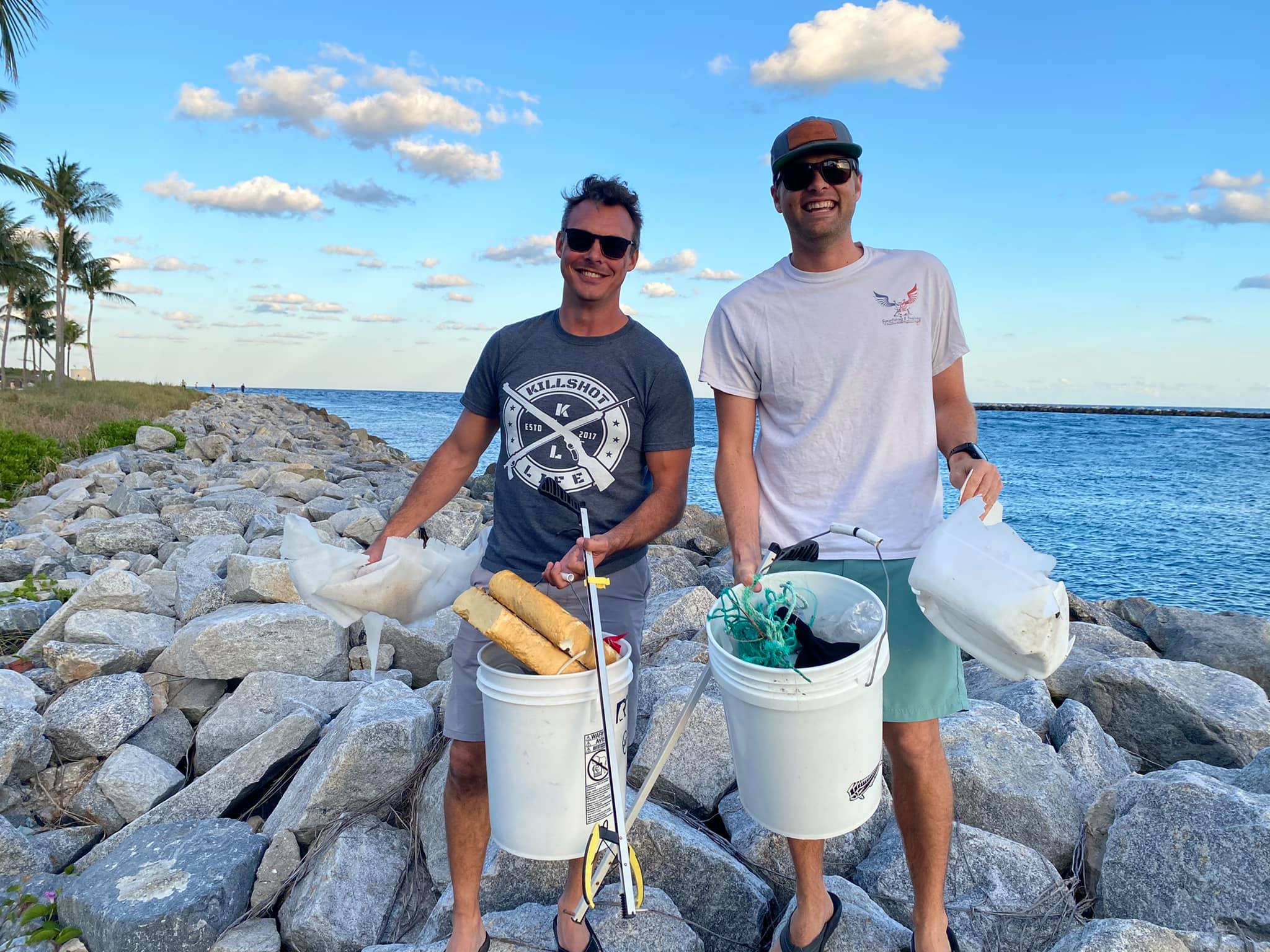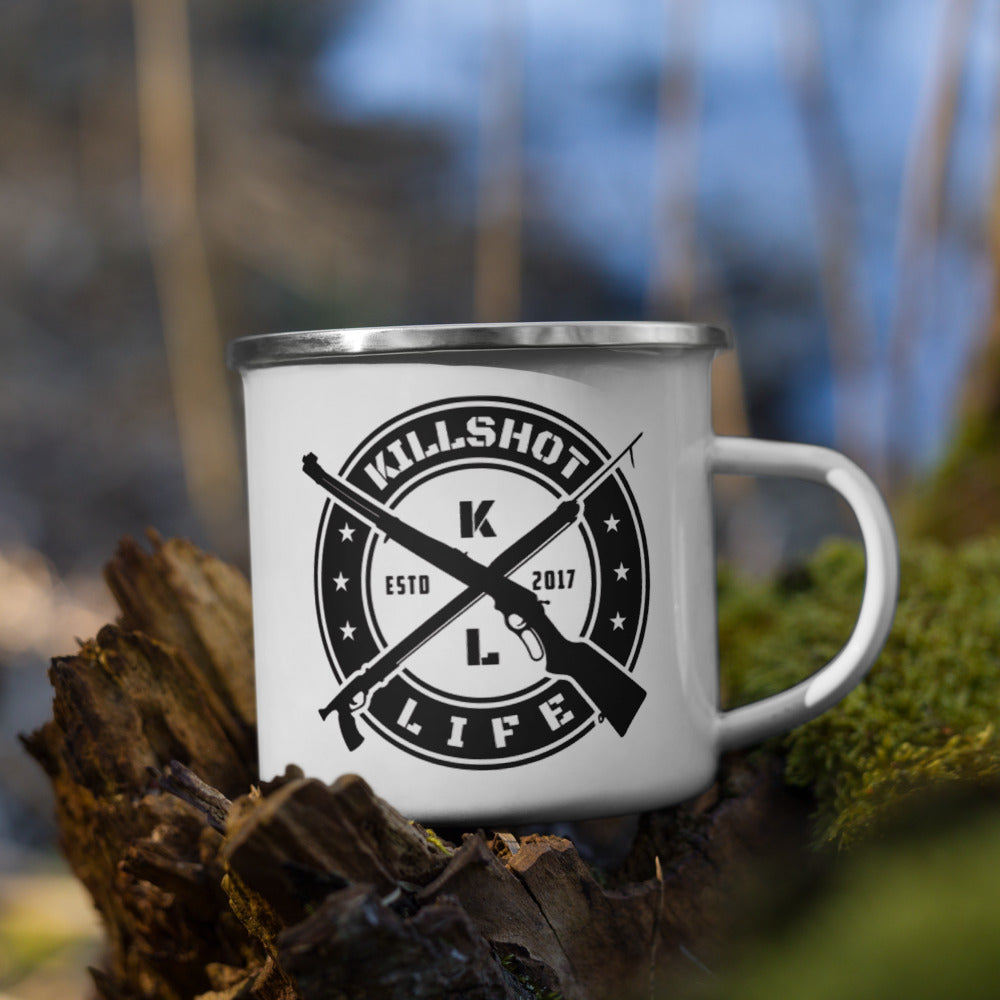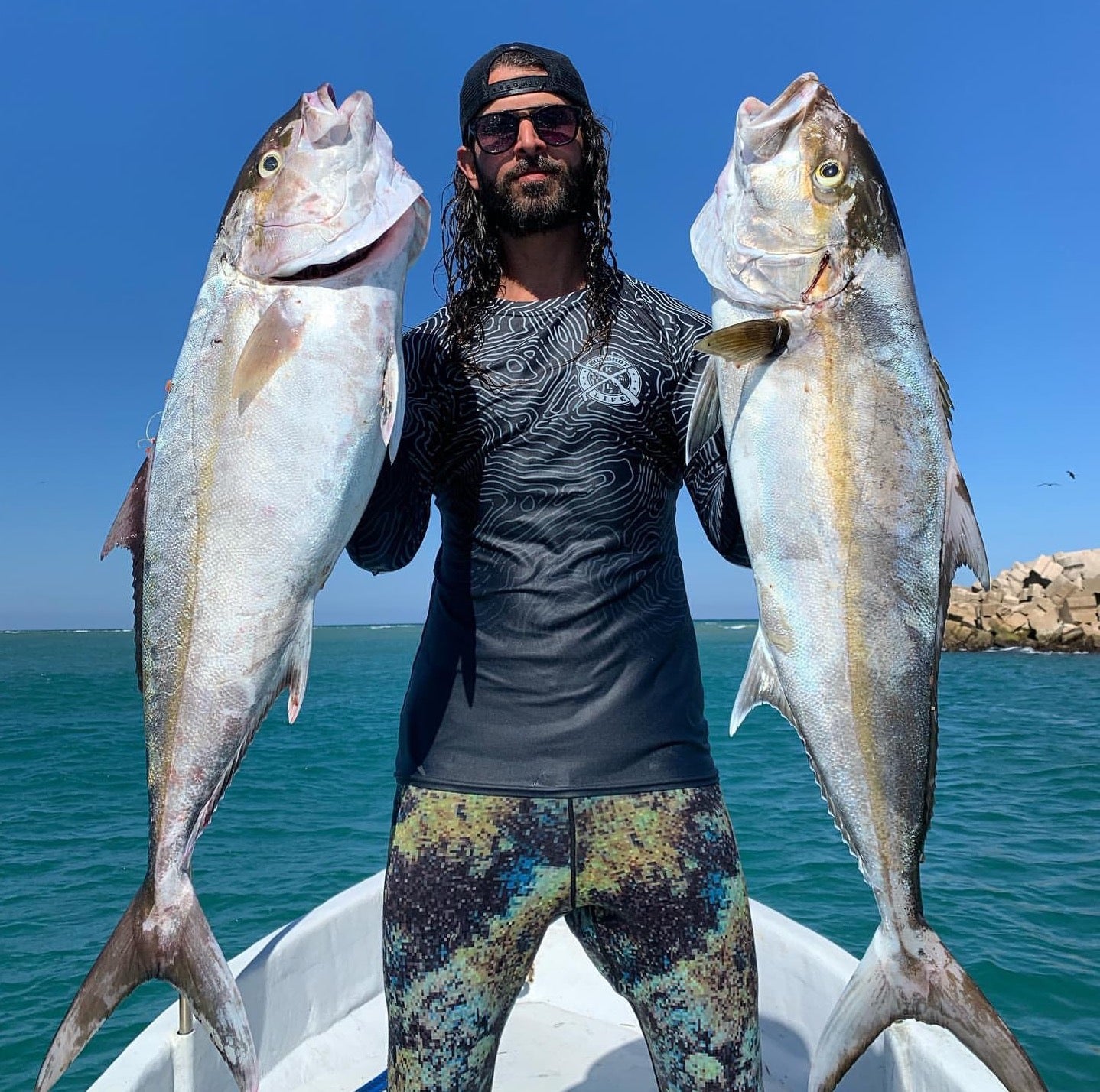Hunters: Key in Maintaining the Existence of the Species They Hunt
Share
Hunters play a crucial role in maintaining the existence of wildlife species in North America. While hunting is often viewed as a controversial practice, it is an important tool in wildlife management and conservation efforts.

Wildlife populations are carefully managed through hunting regulations and licensing programs. By setting hunting limits, biologists can control the number of animals that are taken each year, helping to ensure their populations remain stable. This type of management is critical for species like deer, turkey, and elk that can overpopulate and cause damage to their habitats if not kept in check.
In addition to population control, hunting provides important financial support for conservation efforts. Hunting license fees and taxes on hunting equipment help fund conservation programs and research that benefit wildlife populations. This funding supports habitat restoration and improvement projects, as well as research to better understand wildlife species and the threats they face.
Hunters are also important advocates for wildlife conservation. They often participate in conservation organizations, volunteering their time and resources to help protect and preserve habitats. This type of involvement helps to bring attention to the needs of wildlife species and the importance of conservation efforts.
Moreover, hunting can help to preserve traditional wildlife habitats. By providing financial incentives for private land owners to maintain their lands as wildlife habitat, hunting can help ensure that these habitats are not lost to development or other activities. This is particularly important for species like the pronghorn antelope, which require large, uninterrupted habitats to thrive.
In conclusion, hunters play a vital role in maintaining the existence of wildlife species in North America. Through population control, financial support for conservation, advocacy, and habitat preservation, hunters help ensure the future of these species for generations to come. While hunting may be a controversial practice, it is a critical tool in wildlife management and conservation efforts.












